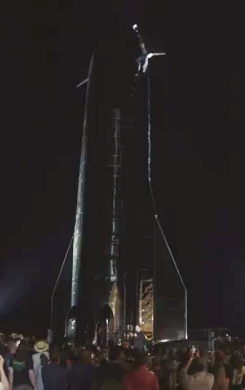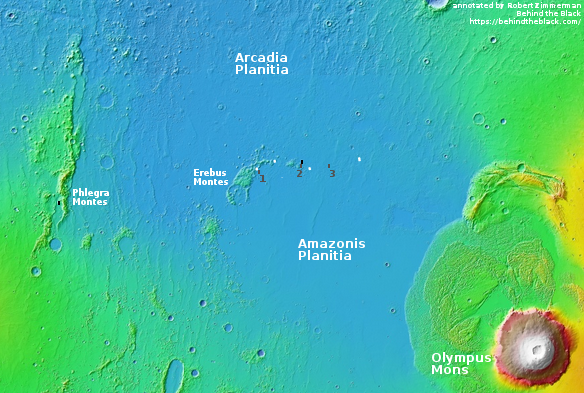Blue Origin hints at the New Shepard ticket price
Capitalism in space: For the first time a Blue Origin official has provided a very rough estimate of what the company will charge per ticket for someone to take a flight in its suborbital New Shepard spacecraft.
But today, Blue Origin CEO Bob Smith hinted at a ballpark figure. “It’s going to not be cheap,” Smith said at TechCrunch’s Disrupt SF conference.
Although he stressed that the price for passengers hasn’t yet been published, he indicated that Blue Origin now has a price range in mind. “Any new technology is never cheap, whether you’re talking about the first IBM computers or what we actually see today,” Smith said. “But it’ll be actually in the hundreds of thousands of dollars for people to go, initially.”
Smith added that over time, “we’re going to get this down to the point where middle-class people” can afford a ticket to space. [emphasis mine]
This price sounds somewhat comparable to the prices being offered by Virgin Galactic. For the first people who had been willing to put down a deposit years ago they will pay $250K. Future buyers will pay more, at least at first.
Of course, neither company appears ready to put passengers on board, though both seem finally close and aiming for commercial flights no later than 2021. (Having said that, please don’t quote me, as I don’t really believe it, based on the endless delays coming from both companies.)
Capitalism in space: For the first time a Blue Origin official has provided a very rough estimate of what the company will charge per ticket for someone to take a flight in its suborbital New Shepard spacecraft.
But today, Blue Origin CEO Bob Smith hinted at a ballpark figure. “It’s going to not be cheap,” Smith said at TechCrunch’s Disrupt SF conference.
Although he stressed that the price for passengers hasn’t yet been published, he indicated that Blue Origin now has a price range in mind. “Any new technology is never cheap, whether you’re talking about the first IBM computers or what we actually see today,” Smith said. “But it’ll be actually in the hundreds of thousands of dollars for people to go, initially.”
Smith added that over time, “we’re going to get this down to the point where middle-class people” can afford a ticket to space. [emphasis mine]
This price sounds somewhat comparable to the prices being offered by Virgin Galactic. For the first people who had been willing to put down a deposit years ago they will pay $250K. Future buyers will pay more, at least at first.
Of course, neither company appears ready to put passengers on board, though both seem finally close and aiming for commercial flights no later than 2021. (Having said that, please don’t quote me, as I don’t really believe it, based on the endless delays coming from both companies.)






